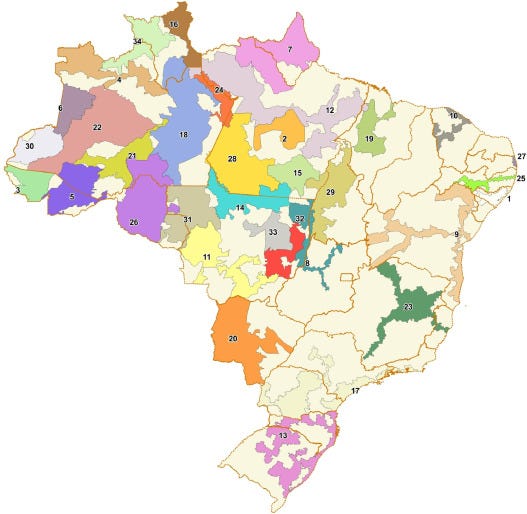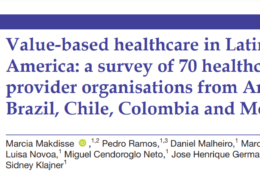This is a republication of the abstract of the paper below, with the title above.
COVID-19 vaccination, incidence, and mortality rates among indigenous populations compared to the general population in Brazil: Describing trends over time
This site version was edited by:
Joaquim Cardoso MSc.
health transformation — research and advisory institute
pandemic response unit
July 21, 2022, nyt
SUMMARY
Background
- Chronic social and health inequities faced by indigenous peoples in Brazil foretell the detrimental impact of COVID-19.
Methods
- We use de-identified, publicly available data from the Ministry of Health from March/2020 — December/2021 to describe vaccination coverage, cumulative incidence, and cumulative mortality rates due to COVID-19 among indigenous peoples.
- We also compare vaccination coverage among indigenous peoples with that reported for older adults, who were simultaneously included as a priority group in the vaccination strategy.
- Finally, we compared COVID-19 incidence and mortality rates in the indigenous population with that reported for the general Brazilian population.
Findings
- We found important heterogeneities in vaccination coverage across the 34 indigenous districts, and a lower overall coverage among indigenous peoples compared to older adults.
- We observed higher COVID-19 cumulative incidence rates among indigenous populations compared to the general Brazilian population.
- Although mortality rates were seemingly lower, data should be interpreted with caution due to a younger age structure and more frequent underreporting of cases and deaths among indigenous populations.
- After the beginning of COVID-19 vaccination program, we observed a decrease in both incidence and mortality rates among indigenous peoples in all Brazilian regions.
Interpretation
- The COVID-19 pandemic has had a heavy toll on vulnerable populations.
- Although social and geographic isolation challenges the implementation of any vaccination program for indigenous populations, prior experience suggests that the COVID-19 vaccination strategy lacked effectiveness.
- The absence of a coordinated strategy to reinforce the importance of the vaccine and other prevention methods, to guarantee the access to trustworthy information, and to respond with the necessary resources in extreme situations, resulted in lower COVID-19 vaccination coverage, higher incidence rates, and preventable deaths due to COVID-19 among indigenous peoples in Brazil.
Funding
This work was not supported by specific funding
Originally published at https://www.thelancet.com.
About the authors & affiliations:
Fernanda Christina Gomes Machado a
Mariana Maleronka Ferron a,b
Maria Tereza da Matta Barddal a
Laura Alves Nascimento a
Juliana Rosalen b
Vivian I. Avelino-Silva a,c
a School of Medicine, Faculdade Israelita de Ci^encias da Saude Albert Einstein, Brazil
b Iepe − Instituto de Pesquisa e Formac¸ ~ao Indigena, Brazil,
c Department of Infectious and Parasitic Diseases, Faculdade de Medicina da Universidade de Sao Paulo, Brazil













